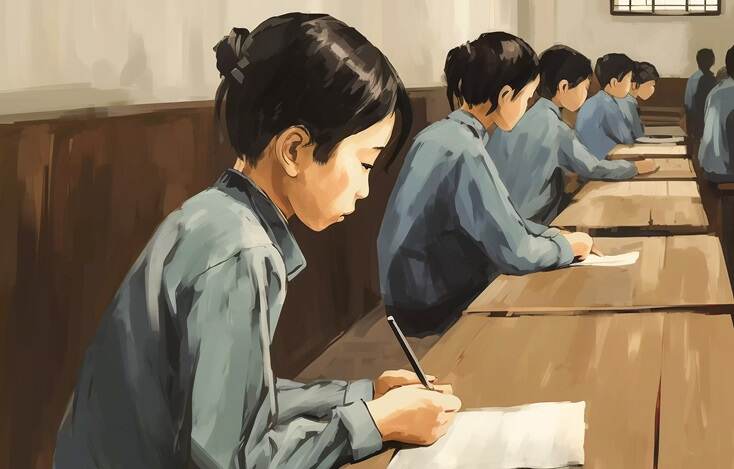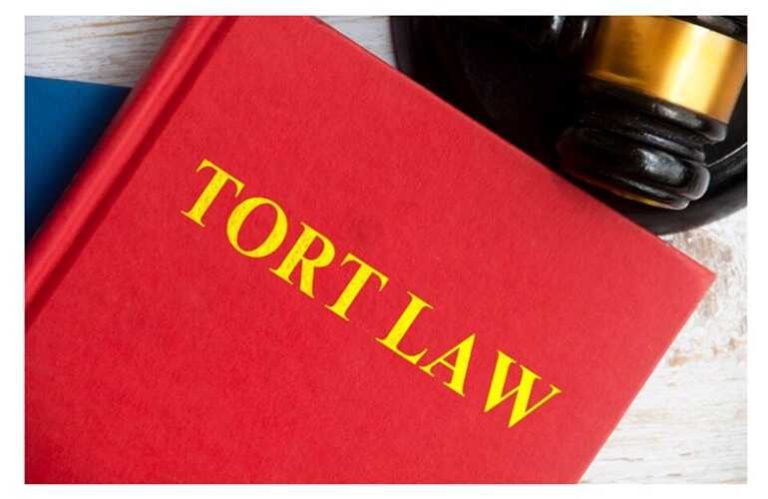Table of Contents
ToggleIntroduction
The Workmen’s Compensation Act, of 1923, represents a landmark in the realm of worker protection in India. As the first social security measure enacted to provide relief for workers and their dependents affected by workplace accidents, this Act has played a crucial role in enhancing the safety net for employees across various sectors. Here’s a comprehensive overview of its key aspects, aims, and implications.
Scope of the Workmen’s Compensation Act, 1923
1. Definition of a Workman
The Workmen’s Compensation Act defines a “workman” as any person who is not employed casually and works for the purposes of the employer’s trade or business. This includes:
- Railway Servants: Excluding those employed in administrative capacities or specified in Schedule II.
- Employees in Schedule II: Workers engaged in specific capacities listed in Schedule II.
- Cooks in Hotels and Restaurants: Those using power, liquefied petroleum gas, or mechanical devices in cooking.
The Act extends to cover full-time, part-time, temporary, and permanent employees, including those hired through contractors.
2. Compensation for Injuries
The primary objective of the Act is to provide monetary compensation to employees who suffer injuries, disabilities, or fatalities due to workplace accidents. Compensation covers medical bills, rehabilitation costs, and financial support for dependents in case of death.
3. Occupational Diseases
The Act also includes provisions for occupational diseases, ensuring that employees who contract diseases directly related to their work are entitled to compensation.
4. Employer Liability
Employers are required to compensate workers for accidents, regardless of fault. This “no-fault” system ensures that employees are entitled to compensation if the injury or illness is work-related.
5. Medical Benefits
The Act mandates that injured workers receive appropriate medical care and coverage for hospital expenses, aiding in their recovery and rehabilitation.
6. Reporting and Record-Keeping
Employers must maintain accurate records of workplace incidents and injuries and report these to the relevant authorities. This ensures transparency and accountability.
7. Legal Requirements
The Act establishes a structured procedure for filing claims and resolving disputes, ensuring that workers receive fair compensation without undue delay.
8. Exemptions and Limitations
Certain groups, such as those covered by other social security schemes, are exempt from this Act. Additionally, compensation ceilings are set based on the type of harm.
Aims of the Workmen’s Compensation Act, 1923
1. Financial Protection for Workers
The Act’s primary aim is to ensure that workers receive financial assistance in the event of work-related accidents, illnesses, or fatalities. It helps cover lost income and medical costs, providing economic support to workers and their families.
2. No-Fault Compensation
The Act establishes a no-fault system, meaning employees do not need to prove employer negligence to receive compensation. As long as the injury or illness is related to employment, compensation is due.
3. Supporting Safety Measures
By making employers financially liable for workplace injuries, the Act encourages the implementation of safety measures, reducing the risk of accidents.
4. Prompt and Equitable Payment
The Act aims to provide compensation swiftly and fairly, preventing lengthy legal battles and ensuring that workers and their families receive timely support.
5. Legal Framework
The Act provides a framework for filing claims and resolving disputes, detailing the procedures for claim submission and legal action.
6. Reducing the Welfare System Burden
By compensating injured workers, the Act helps reduce the strain on public health and social welfare services, shifting the financial burden to employers.
7. Promoting Social Justice
The Act supports social justice by preventing workers and their dependents from facing financial hardship due to workplace accidents and fostering a fair relationship between employers and employees.
Employer’s Liability for Compensation
Employers under the Workmen’s Compensation Act face several key obligations:
1. Strict Liability
Employers are subject to strict liability, meaning they must provide compensation regardless of fault. This ensures workers receive benefits even if the employer is not at fault.
2. Financial Responsibilities
Employers must cover medical expenses, lost wages, disability benefits, and, in cases of death, provide benefits to dependents.
3. Prompt Compensation
Employers are required to provide timely compensation following an accident or fatality, adhering to the Act’s structured process.
4. Record-Keeping
Employers must maintain detailed records of workplace accidents and injuries, crucial for calculating compensation and ensuring compliance.
5. Compliance with Safety Regulations
Employers must adhere to safety regulations. Failure to maintain a safe working environment can result in additional liability.
6. Legal Recourse
Workers have legal recourse under the Act for disputes or conflicts regarding compensation, ensuring fair resolution.
7. Insurance Requirements
Employers are often required to have workers’ compensation insurance to cover their liability, providing a safety net for fulfilling compensation obligations.
Applicability of the Workmen’s Compensation Act
The Act applies to various industries, including factories, mines, plantations, transportation, and hazardous activities. It does not cover establishments under the ESI Act, 1948, where similar benefits are provided.
Eligibility Criteria
All employees, including those hired through contractors, are eligible for compensation if they suffer harm due to workplace accidents. For workers earning above Rs. 4,000 per month, compensation is calculated based on Rs. 4,000 for death or permanent total disability.
Rules to Keep in Mind
Employers are exempt from providing compensation in certain cases, such as:
- Injuries caused by the employee’s disregard of safety regulations.
- Injuries resulting in less than three days of total or partial disablement.
- Accidents caused by drug or alcohol impairment.
Conclusion
The Workmen’s Compensation Act, of 1923, is a foundational piece of labor legislation aimed at protecting employees’ rights and welfare in the event of work-related injuries or diseases. It ensures financial security for workers and their families, promotes workplace safety, and fosters a fair and equitable work environment. Understanding and complying with this Act is essential for employers and employees to maintain a safe and just working environment.









